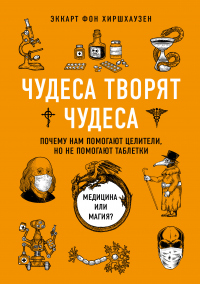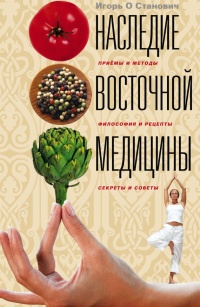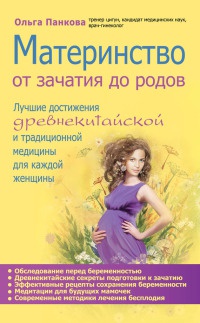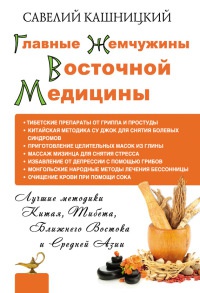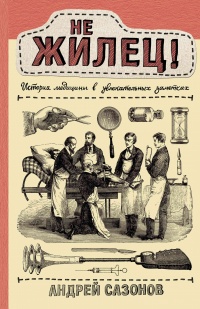Книга 0,05. Доказательная медицина от магии до поисков бессмертия - Петр Талантов
На нашем литературном портале можно бесплатно читать книгу 0,05. Доказательная медицина от магии до поисков бессмертия - Петр Талантов полная версия. Жанр: Книги / Медицина. Онлайн библиотека дает возможность прочитать весь текст произведения на мобильном телефоне или десктопе даже без регистрации и СМС подтверждения на нашем сайте онлайн книг knizki.com.
Шрифт:
-
+
Интервал:
-
+
Закладка:
Сделать
Перейти на страницу:
Перейти на страницу:
Внимание!
Сайт сохраняет куки вашего браузера. Вы сможете в любой момент сделать закладку и продолжить прочтение книги «0,05. Доказательная медицина от магии до поисков бессмертия - Петр Талантов», после закрытия браузера.
Книги схожие с книгой «0,05. Доказательная медицина от магии до поисков бессмертия - Петр Талантов» от автора - Петр Талантов:
Комментарии и отзывы (0) к книге "0,05. Доказательная медицина от магии до поисков бессмертия - Петр Талантов"




















